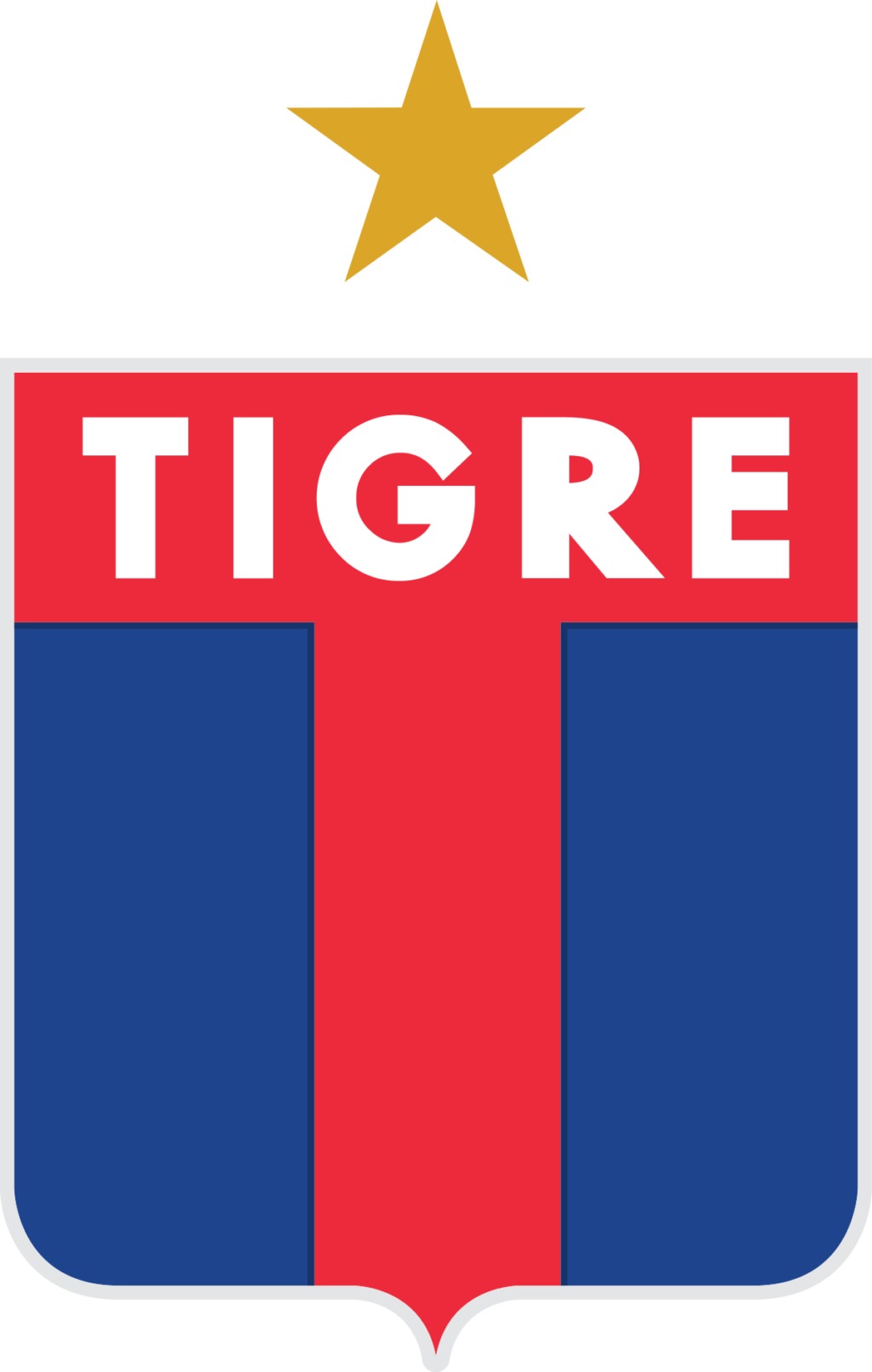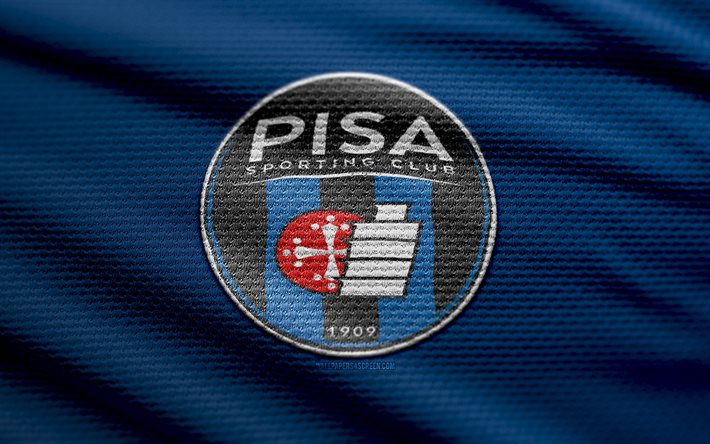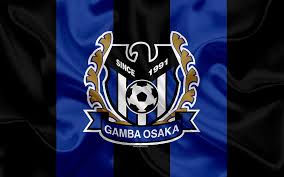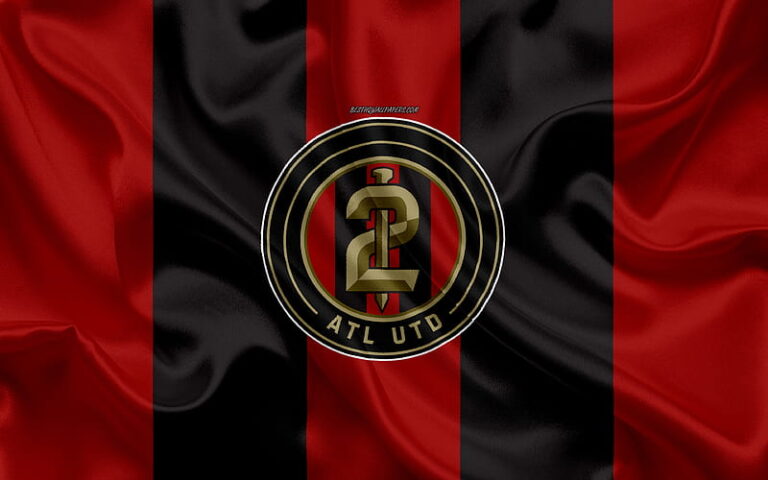
Tigre FC
Tigre FC is a renowned football club based in Argentina that has carved out a distinctive space within South American football. Known for its passionate supporters and impressive performances over the years, Tigre FC continues to be a fascinating subject for football enthusiasts worldwide. This comprehensive article aims to explore every facet of Tigre FC—from its rich history and notable achievements to recent developments and future prospects—all woven into a detailed narrative that brings the club’s story to life.
The Roots and Formation of Tigre FC
Understanding Tigre FC’s origins sets the stage for appreciating its journey and identity. The club’s history is rooted in community, passion, and a quest for excellence that started over a century ago five88.
Tigre FC was founded in 1902 in the Greater Buenos Aires region, specifically in the city of Tigre. This period in Argentine history was marked by burgeoning clubs and a growing passion for football that would eventually define the nation’s sporting culture. The club’s early years reflect a community-driven endeavor that prioritized local talent, camaraderie, and the aspiration to compete nationally.
The club’s initial years were characterized by participation in local leagues, where it established rivalries and built a foundation of support. During its formative period, Tigre FC faced challenges typical of many small clubs but also experienced moments of breakthrough that set it apart. These early struggles and successes fostered a resilient club culture and a passionate fan base that remains loyal to this day.
The early 20th-century football landscape in Argentina was intensely competitive, with clubs like Boca Juniors, River Plate, and Independiente dominating. Yet, Tigre FC steadily carved out its niche by focusing on nurturing local talent and emphasizing teamwork. The club’s commitment to grassroots development and community involvement contributed significantly to its growth.
Over the decades, Tigre FC adapted to evolving football trends, including tactical shifts and organizational changes. The club’s management focused on sustaining stability, improving facilities, and establishing strategic youth programs. This holistic approach was essential in enabling Tigre FC to compete not only at regional levels but also to challenge top-tier national clubs.
In recent years, Tigre FC has been recognized for maintaining a distinct identity rooted in perseverance and local pride. Although not always in the national spotlight, the club’s foundation remains robust due to its dedicated supporters, passionate leadership, and ongoing efforts to promote football culture within Tigre.
The club today stands as an emblem of community resilience, demonstrating that with dedication and strategic planning, even smaller clubs can achieve moments of glory on the national stage. The rich history of Tigre FC continues to inspire future generations, reinforcing its importance in Argentine football heritage.
Tigre FC’s Achievements and Notable Milestones
No journey through Tigre FC’s history would be complete without highlighting its major achievements and milestones. These accomplishments reflect the club’s resilience and capacity to shine despite the competitive nature of Argentine football.
Tigre FC has experienced significant successes, most notably the club’s crowning achievement of winning the Primera División, Argentina’s top-flight league, in 1981. This victory was a watershed moment, marking the club’s debut at the pinnacle of Argentine football history and elevating its status nationally.
Apart from its league triumph, Tigre FC has also excelled in cup competitions. The club’s notable performances include reaching the finals of the Copa Argentina and securing regional tournaments that further showcased its competitive spirit. These successes have contributed to building a legacy of resilience and determination.
One of the most iconic milestones in Tigre FC’s history is its victory in the Copa Sudamericana in 2012. This international achievement demonstrated that the club could compete beyond national borders, earning respect across South America. The victory was celebrated as a testament to the club’s growth and ambition on the continental stage, inspiring pride among supporters.
In addition to wins and titles, Tigre FC has been a nurturing ground for talented players who have gone on to achieve fame both locally and internationally. The club’s youth academy has produced numerous notable footballers, emphasizing its role in developing talent that contributes significantly to Argentine and global football scenes.
A significant aspect of Tigre FC’s competitive journey is its ability to bounce back from setbacks. Periods of relegation have challenged the club, but each time it has shown resilience, returning stronger and more determined. This adaptability is a testament to the club’s management, fan support, and strategic focus on sustainability.
To provide a clearer picture of its competitive performance and achievements, here is a summary table highlighting some of the club’s key milestones:
This table encapsulates the highlights of Tigre FC’s achievements, showcasing its capacity to thrill fans with both domestic and international feats.
The Evolution of Tigre FC: From Local Club to National Competitor
The evolution of Tigre FC reflects a story of perseverance, strategic growth, and adaptation. This section examines the club’s development over the years, focusing on its organizational changes, fan base expansion, and tactical innovations that have influenced its trajectory.
From Local Roots to the National Stage
Tigre FC’s early years laid a foundation built on local community support. The transition from a regional club to a nationally recognized team involved a series of critical steps, including participating in higher divisions and investing in youth development. These strategic moves aimed to elevate the club’s profile and establish a sustainable model for growth.
The club’s rise was not linear; it involved periods of dominance and setbacks. Nonetheless, every challenge served as an opportunity for reflection and reorganization. The management’s emphasis on scouting talent, improving facilities, and fostering a winning culture contributed to its gradual ascent.
Strategic Organizational Changes
The 1990s and early 2000s marked a turning point for Tigre FC, with reforms aimed at modernizing club operations. Investments in infrastructure, such as stadium improvements and training facilities, provided the infrastructure necessary for competitive success. Additionally, partnerships with local businesses and sponsorship deals increased financial stability.
A noteworthy initiative was the establishment of a youth academy, which became central to the club’s strategy. Developing homegrown talent became a priority—further evidence of the club’s long-term vision. This approach not only enhanced competitive performance but also ingrained a club philosophy rooted in sustainability.
Fan Base and Cultural Significance
Tigre FC’s growth also paralleled an expanding fan base that extended beyond Tigre’s city limits to encompass supporters across Argentina. The club’s identity became intertwined with regional pride and community values. This cultural connection fostered intense loyalty, with fans actively participating in club activities and celebrations.
The passionate support at stadiums and for away matches contributed to a formidable home advantage. Supporters’ chants, rituals, and collective spirit generated an electrifying atmosphere, inspiring players to perform at their best.
Tactical and Technological Innovations
Tigre FC’s tactical evolution reflects its adaptive approach. The club has experimented with various formations and playing styles—shifting from traditional defensive setups to more dynamic, possession-based tactics. The adoption of sports analytics and technological tools has allowed for data-driven decisions, enhancing player performance and strategic planning.
The integration of sports science, physical conditioning, and psychological support has been instrumental in maintaining competitive standards. These innovations have contributed significantly to the club’s successes and resilience in high-pressure competitions.
Future Outlook and Strategic Goals
Looking ahead, Tigre FC aims to solidify its position within Argentine football and increase its presence on the international stage. The club’s vision includes further development of its youth system, investment in state-of-the-art facilities, and enhancing its global outreach.
By fostering a strong organizational culture and embracing innovation, Tigre FC is poised to continue its legacy of growth. Its evolution exemplifies the importance of adaptability, community support, and strategic planning in achieving sustained success in the modern football landscape.



